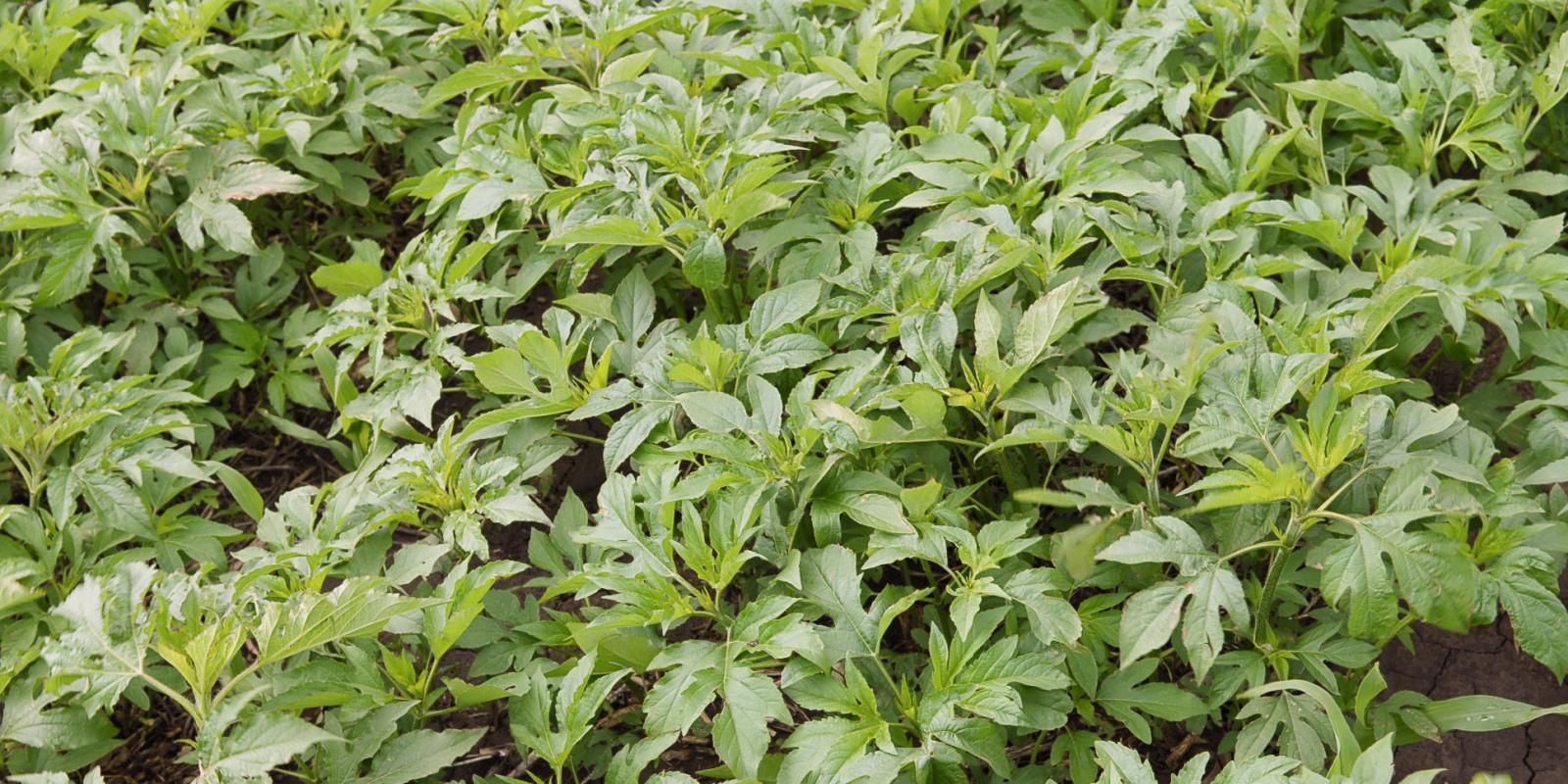Instructor(s): TBD
Number of Credit Hours: 3
Cross-listings: PLAS 426, HORT 826, NRES 426, NRES 826
Prerequisites: PLAS/SOIL 153; PLAS 131.
Description: Identification, biology and ecology of weedy and invasive plants. Principles of invasive plant management by preventative, cultural, biological, mechanical and chemical means using an adaptive management framework. Herbicide terminology and classification, plant-herbicide and soil-herbicide interactions, equipment calibration and dosage calculations.
Learning Outcomes/Course Objectives
- Distinguish at least 40 weedy and invasive plant species and describe their basic biology.
- Predict, qualitatively and quantitatively, the life cycle of invasive plants.
- Explain how invasive plants cause damage and assess crop losses quantitatively.
- Describe the factors that influence herbicide activity, movement in, and loss from soils.
- Explain how herbicides enter, move within, and affect plant growth and development.
- Illustrate why herbicides are selective and why plants become resistant to them.
- Integrate control measures to accomplish acceptable levels of management.
- Diagnose herbicide injury resulting from the major herbicide modes of action.
- Create a weed management plan for a specific management area (farm, landscape, park, etc.).
